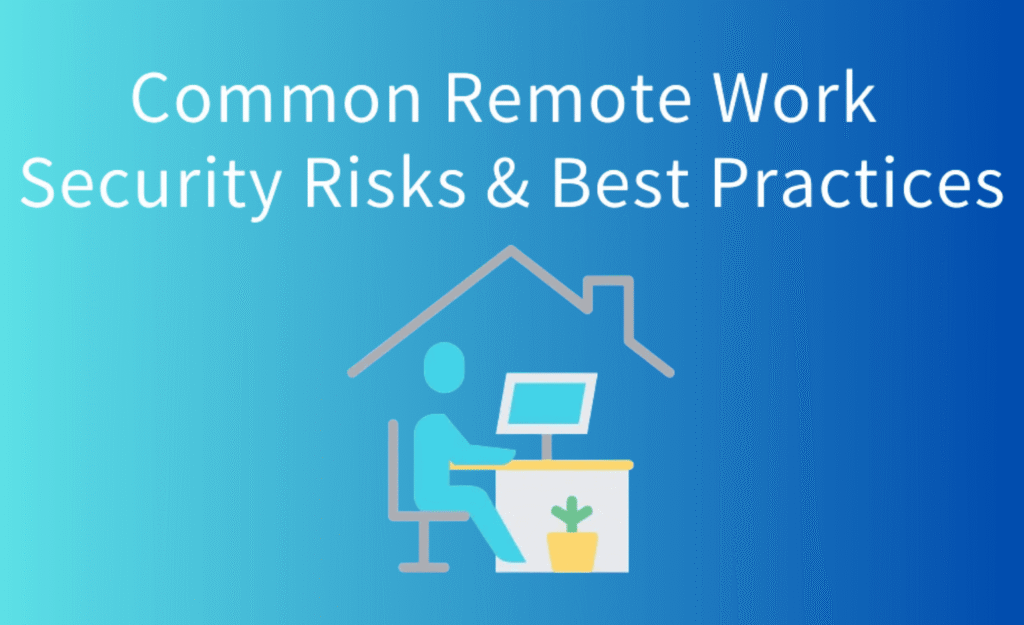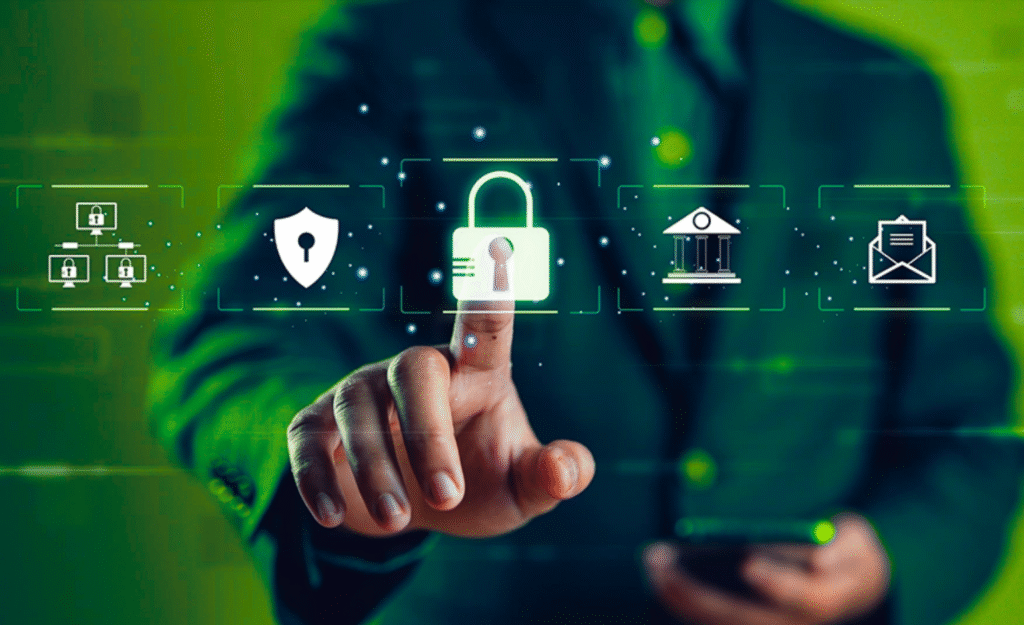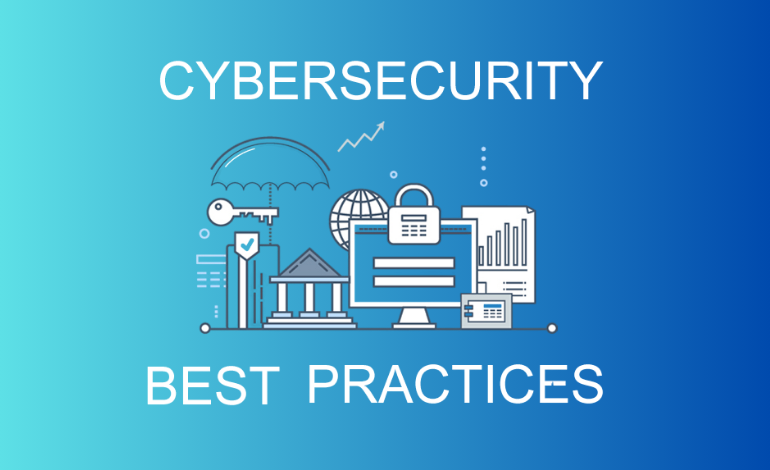As cyber threats grow more sophisticated, learning cybersecurity best practices has become essential for everyone in 2025. Protecting personal data, business information, and digital assets requires a proactive approach and up-to-date knowledge.
Whether you’re an individual, a remote worker, or running a small business, adopting the right security measures can prevent costly breaches and ensure your digital safety.
This blog dives into essential cybersecurity best practices, emerging threats, and the latest technologies shaping security strategies this year. Let’s explore how you can stay one step ahead in today’s evolving cyber landscape.
Importance of Cybersecurity
Cybersecurity protects computers, networks, and data from unauthorized access and damage. As more aspects of life and business move online, vulnerabilities multiply. In 2025, cyber attacks are becoming more frequent and complex, targeting individuals, corporations, and governments alike.
Strong cybersecurity safeguards sensitive information like personal identities, financial details, and intellectual property. It also helps maintain trust between businesses and customers, prevents financial losses, and ensures compliance with regulations. Prioritizing cybersecurity is no longer optional; it is essential for digital resilience.
Rising Threats and Cybersecurity Best Practices
As cyber threats evolve in 2025, adopting robust cybersecurity best practices is vital to staying protected. New attack methods and technologies demand vigilance and updated defenses. Below are the key practices to focus on amid these emerging threats.
Employee Training and Awareness
Humans remain the weakest link in cybersecurity. Phishing attacks, social engineering, and insider threats exploit unaware employees. Regular training programs help staff recognize suspicious emails, avoid unsafe websites, and handle sensitive data securely.
In 2025, continuous awareness initiatives using simulated attacks and interactive learning are proven to reduce breaches significantly.
Regular Software Updates
Software vulnerabilities are a primary entry point for attackers. Keeping operating systems, applications, and security tools up to date and patching known weaknesses. Automated updates are ideal to minimize delays. Neglecting updates leaves systems exposed to ransomware, malware, and zero-day exploits that are increasingly common in 2025.
Use of Strong Passwords
Weak passwords are easy targets for hackers using brute force or credential stuffing attacks. Strong passwords combine length, complexity, and uniqueness. Password managers simplify creating and storing complex passwords securely. Avoid using reused or default passwords to reduce risk.
Multi-Factor Authentication
Adding layers of verification beyond passwords significantly improves security. Multi-factor authentication (MFA) uses additional methods like biometrics, OTPs (one-time passwords), or hardware tokens. In 2025, MFA is considered a baseline security requirement, especially for access to sensitive systems and data.
Data Backup Strategies
Ransomware attacks have surged, locking users out of critical data. Regular, automated backups stored offline or in secure cloud environments enable quick recovery without paying ransom. Testing backup integrity and recovery processes is essential to ensure effectiveness during incidents.
Network Security Measures
Protecting network infrastructure prevents unauthorized access and lateral movement by attackers. Firewalls, intrusion detection/prevention systems, and network segmentation limit attack surfaces. Secure VPNs and endpoint security tools safeguard remote connections, which have grown with hybrid work models.
Incident Response Planning
No system is entirely immune to breaches. Having a clear incident response plan helps organizations react swiftly to contain damage. The plan should define roles, communication channels, and recovery steps. Regular drills and updates keep teams prepared for evolving threats.
Cybersecurity Best Practices for Remote Work

Remote work has become a permanent fixture in 2025, creating new security challenges. Employees accessing corporate systems from home or public networks increase vulnerability to cyberattacks.
To safeguard remote work environments, companies must enforce secure connections using virtual private networks (VPNs). VPNs encrypt data traffic, preventing interception by malicious actors. Additionally, devices used remotely should have updated security software and firewalls.
Educating remote employees about recognizing phishing attempts and practicing good security hygiene is essential. Access controls like multi-factor authentication further protect sensitive systems from unauthorized entry.
Regular monitoring of remote access and network activity helps detect suspicious behavior early, allowing a timely response to potential threats.
Integration of AI in Cybersecurity Best Practices
Artificial Intelligence (AI) is reshaping cybersecurity strategies in 2025 by enhancing threat detection and response capabilities. AI-powered systems analyze vast amounts of data to identify unusual patterns and potential attacks in real-time, far faster than manual methods.
Machine learning models continually adapt, enhancing their accuracy in identifying zero-day threats, phishing campaigns, and malware. AI also aids in automating routine security tasks, reducing human error, and allowing security teams to focus on complex issues.
Despite its benefits, AI introduces challenges such as adversarial attacks targeting AI algorithms. Organizations must balance AI deployment with robust oversight and regular updates to maintain effective defenses.
Cybersecurity Best Practices for Data Protection
Protecting sensitive data remains a top priority as cyber threats intensify. In 2025, effective data protection involves encryption both at rest and in transit, ensuring unauthorized users cannot access confidential information. Strong access controls restrict data availability to only authorized personnel.
Regular data audits help identify vulnerabilities and ensure compliance with data protection regulations like GDPR and CCPA. Implementing data loss prevention (DLP) tools can monitor and block unauthorized transfers of sensitive information.
Backups, coupled with secure storage solutions, provide a safety net against data breaches and ransomware attacks, enabling swift recovery without compromising integrity.
Cybersecurity Best Practices in the IoT Environment
The rise of Internet of Things (IoT) devices brings convenience but also expands the attack surface in 2025. Securing IoT devices requires unique strategies since many lack robust built-in security.
Start by changing default passwords and regularly updating device firmware to patch vulnerabilities. Network segmentation isolates IoT devices from critical systems, limiting potential breaches.
Implementing strong authentication and encryption protocols for IoT communications prevents unauthorized access. Monitoring IoT network traffic helps detect abnormal activity early, enabling swift intervention.
As IoT adoption grows, staying vigilant with tailored security measures is essential to protect both personal and organizational networks.
Cybersecurity Best Practices for Small Businesses
Small businesses often face significant cyber risks but may lack dedicated security teams. In 2025, adopting basic cybersecurity best practices can dramatically reduce these risks.
Start with strong password policies and multi-factor authentication for all accounts. Regularly update software and conduct employee training focused on recognizing phishing and social engineering attacks.
Implement firewall protections and secure Wi-Fi networks to prevent unauthorized access. Investing in cyber insurance provides financial protection against potential breaches.
Creating a clear incident response plan ensures the business can react swiftly if a cyber event occurs, minimizing damage and downtime.
Cybersecurity Tools and Technologies for 2025

As cyber threats become more sophisticated, the tools and technologies defending against them must evolve rapidly. In 2025, a layered security approach leveraging advanced technologies is essential for effective protection.
Next-Generation Firewalls (NGFWs) provide deeper inspection capabilities than traditional firewalls. They analyze traffic at the application level, blocking advanced threats and preventing unauthorized data transfers.
Endpoint Detection and Response (EDR) tools continuously monitor devices for suspicious behavior. EDR solutions use behavioral analytics and AI to detect threats early and enable rapid incident response, minimizing damage.
Security Information and Event Management (SIEM) platforms aggregate and analyze security data from across the network. By correlating events, SIEM helps identify patterns that indicate ongoing or impending attacks.
Zero Trust Architecture is gaining traction, where no user or device is trusted by default. Access is continuously verified, minimizing risks from compromised credentials or insider threats.
Cloud Security Solutions address vulnerabilities in cloud environments, including data encryption, identity management, and compliance monitoring. With increasing cloud adoption, these tools are crucial.
Artificial Intelligence and Machine Learning enhance threat detection, automate repetitive security tasks, and predict potential vulnerabilities before attackers exploit them.
Multi-Factor Authentication (MFA) and Biometric Security are becoming standard for verifying user identities, adding extra layers of protection beyond passwords.
Incorporating these tools into a comprehensive cybersecurity framework allows organizations and individuals to stay resilient against evolving cyber risks in 2025.
Real-world Case Studies of Cybersecurity Breaches
Understanding past cybersecurity breaches highlights the importance of strong defenses. In 2023, a major ransomware attack targeted a global healthcare provider, locking critical patient records and demanding millions in ransom. This incident exposed weak backup practices and delayed incident response, causing service disruptions and reputational damage.
Another example is a phishing campaign that compromised the credentials of employees at a financial firm, leading to unauthorized access and theft of sensitive client data. Despite advanced firewalls, the human factor remained a vulnerability due to insufficient training.
These cases highlight how even well-protected organizations can suffer breaches if basic best practices, such as regular backups, employee education, and incident planning, are overlooked. Learning from these real-world incidents can guide effective cybersecurity strategies in 2025.
Conclusion
Cybersecurity is an evolving challenge that requires constant attention and adaptation. By implementing best practices like employee training, multi-factor authentication, AI-driven defenses, and tailored strategies for remote work and IoT, individuals and organizations can significantly reduce their risk.
Staying informed about emerging threats and investing in the right tools ensures resilience in an increasingly digital world. Prioritizing cybersecurity is no longer optional—it’s essential for protecting privacy, maintaining trust, and securing the future.
Take action today and build a strong cybersecurity foundation that will keep you safe well beyond 2025.








